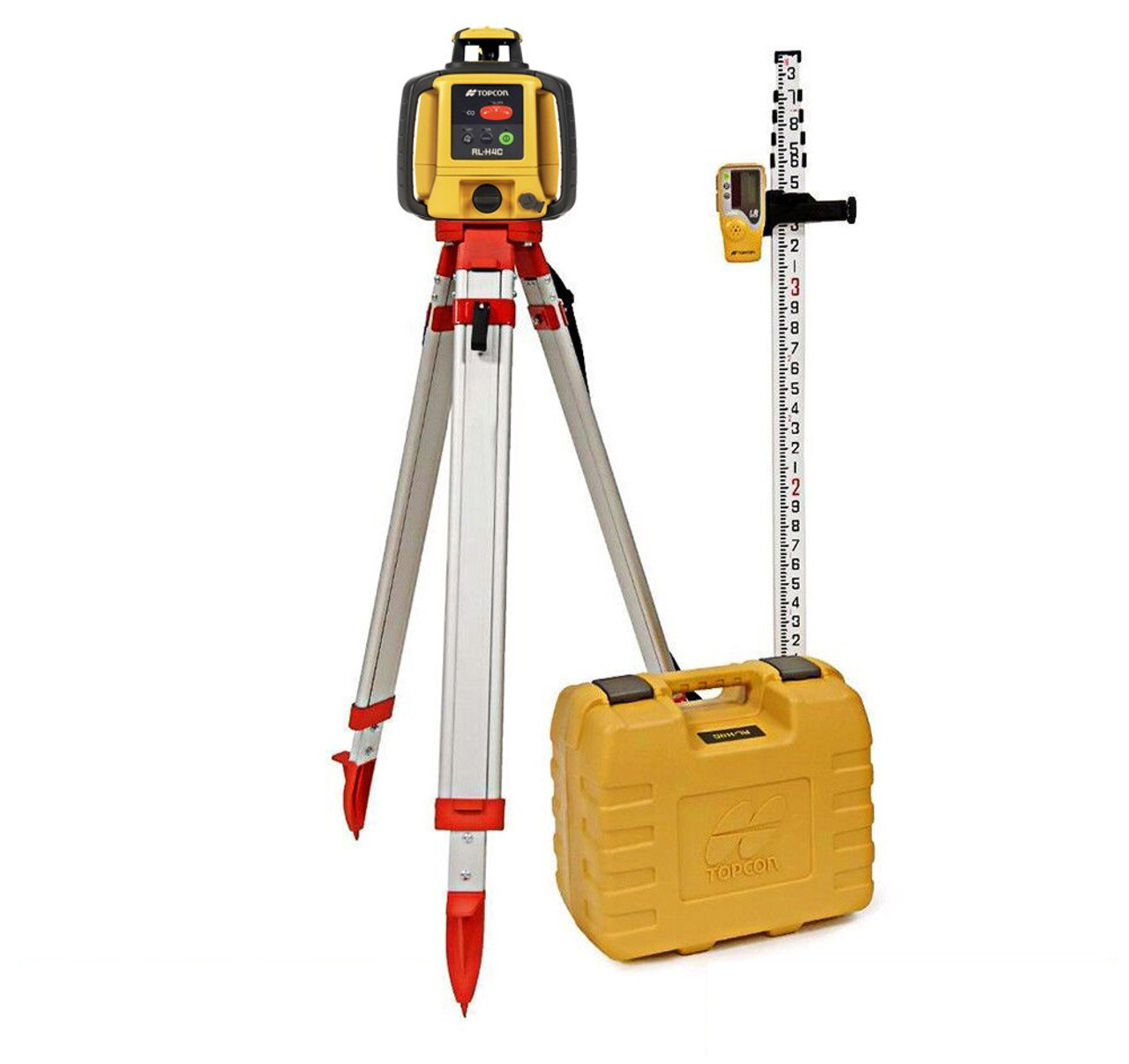Understanding the Significance of Regular Calibration for Accurate Measurements
Regular calibration is essential for laser levels to maintain accurate measurements. This perspective explores the significance of calibration in ensuring precise and reliable results.
Calibration is the process of adjusting and verifying the accuracy of a laser level’s internal components and measurements. Over time, factors such as temperature variations, vibrations, and wear can affect the calibration of the laser level. Regular calibration ensures that the laser level remains accurate and provides reliable reference lines or dots for measurements.
Accurate measurements are crucial in various industries, including construction, surveying, and engineering. A small calibration error can lead to significant discrepancies in measurements, resulting in costly mistakes or rework. Proper calibration ensures that laser levels provide precise and consistent measurements, minimizing errors and improving overall project efficiency.
Calibration Methods and Tools Used for Laser Levels
Calibrating laser levels involves specific methods and tools designed for accuracy and precision. This perspective explores the calibration methods and tools commonly used for laser levels.
One common method of calibration is a two-point or three-point calibration. This involves comparing the reference lines or dots produced by the laser level to a known reference at two or three different distances. By adjusting the laser level’s internal components, such as the leveling mechanism or laser diode, the calibration process aligns the laser beam with the true horizontal or vertical reference.
Calibration tools for laser levels may include leveling vials, optical targets, or laser calibration devices. Leveling vials are used to ensure that the laser level is properly leveled before calibration. Optical targets provide precise points of reference for distance and accuracy comparisons. Specialized laser calibration devices utilize advanced technology to verify and adjust the laser level’s internal components with high accuracy.
Frequency of Calibration Required for Different Types of Laser Levels
The frequency of calibration required for laser levels depends on various factors, including the type of laser level and the specific industry application. This perspective explores the recommended calibration intervals for different types of laser levels.
Rotary laser levels, commonly used in construction and surveying, typically require calibration every 6 to 12 months. These levels are subject to more intense use and exposure to harsh conditions, making regular calibration crucial for maintaining accuracy.
Line lasers, often used in interior design and alignment tasks, generally require calibration every 12 to 18 months. As they are typically used for shorter distances and less demanding applications, they may not require calibration as frequently as rotary laser levels.
However, it is important to note that calibration intervals can vary depending on the manufacturer’s recommendations and the level of precision required for specific tasks. It is advisable to consult the manufacturer’s guidelines or seek professional calibration services to determine the appropriate calibration frequency for a specific laser level.
Consequences of Using Uncalibrated Laser Levels and Potential Risks in Measurements
Using uncalibrated laser levels can have significant consequences and introduce potential risks in measurements. This perspective explores the potential risks and negative implications of using uncalibrated laser levels.
Uncalibrated laser levels may provide inaccurate reference lines or dots, leading to incorrect measurements and misalignments. This can result in errors in construction projects, such as uneven flooring, misaligned walls, or improperly installed fixtures. These errors can be time-consuming and costly to rectify.
Additionally, uncalibrated laser levels can compromise safety on the job site. Inaccurate measurements can lead to incorrect calculations and decisions, potentially affecting the structural integrity or stability of a project. Safety hazards and risks may arise if structures or installations deviate from the intended design due to inaccurate measurements.
Furthermore, using uncalibrated laser levels may also result in disputes or legal issues. In industries where precise measurements are critical, uncalibrated laser levels may lead to disputes over project specifications, delays, or even litigation. Proper calibration ensures that measurements are reliable, reducing the chances of conflicts or legal complications.
In conclusion, calibration plays a vital role in ensuring the accuracy and reliability of laser levels. Regular calibration is necessary to maintain accurate measurements, minimize errors, and enhance overall project efficiency. By understanding the significance of calibration, utilizing appropriate calibration methods and tools, adhering to recommended calibration intervals, and avoiding the risks of using uncalibrated laser levels, professionals can ensure precise and reliable measurements in various industries.
